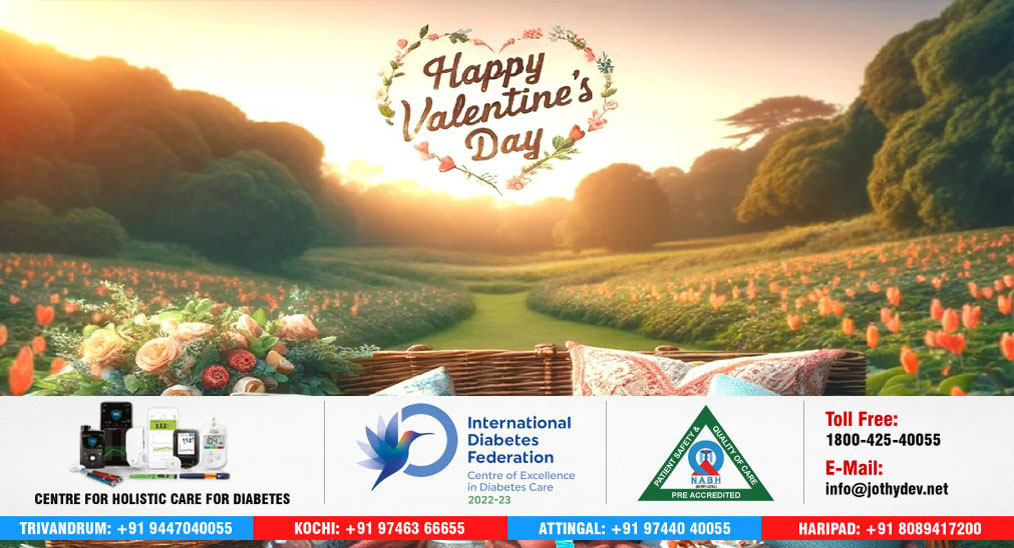2. Is diabetic ketoacidosis without high blood glucose a reality?

Diabetic ketoacidosis (DKA) is a serious complication of diabetes that is widely recognized for its association with high blood glucose levels. However, a lesser-known variant, euglycemic diabetic ketoacidosis (EDKA), poses a unique challenge, as it occurs even when blood glucose levels appear normal, typically less than 240 mg/dL. This condition is particularly alarming because it can develop in individuals with both type 1 and type 2 diabetes, though those with type 1 are more frequently affected. EDKA underscores the importance of awareness beyond traditional blood glucose monitoring, especially for those on insulin therapy, to prevent this potentially fatal complication.
A pivotal study focusing on EDKA treatment within ICU settings has shed light on optimal management strategies to combat this hidden scenario. The research explored various treatment endpoints, such as the effectiveness of fixed-dose insulin infusions, the duration of ICU stays, time to anion gap closure, recurrence rates, and the safe transition off insulin infusion. Notably, the study found that starting with a specific insulin infusion rate of 0.1 u/kg/hr, regardless of the time required to close the anion gap, proved to be an efficient and safe approach. This method was particularly relevant during the washout period for SGLT2 inhibitors, a class of medications that can increase the risk of EDKA.
The insights gained from this study are crucial for healthcare professionals and individuals with diabetes alike. They highlight the necessity of vigilant monitoring for signs of EDKA, even in the absence of high blood glucose levels. For individuals with diabetes, especially those on insulin or SGLT2 inhibitors, understanding the risks and symptoms of EDKA is vital. This knowledge empowers patients and healthcare providers to take proactive steps in diabetes management, ensuring that treatments are not only effective but also safe, minimizing the risk of both hyper- and hypoglycemic events. The research team concluded that an efficient and safe method of treating EDKA is to administer a specific dose of 0.1 u/kg/hr. It should be carried out regardless of the time to anion gap closure during the duration of SGLT2 inhibited washout.
The data was published in 'Critical Care Medicine'.
For enquiries info@jothydev.net.
Please visit: jothydev.net | research.jothydev.com | diabscreenkerala.net | jothydev.com/newsletter




